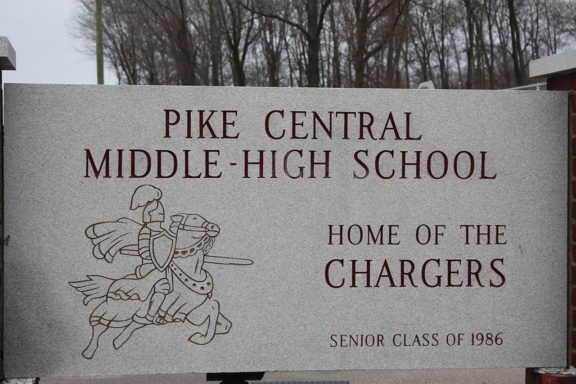
April 21, 2017; Indianapolis Star
President Obama’s Every Student Succeeds Act (ESSA), signed into law in December 2015 reduced the power of the federal government to shape public education, shifting the balance of power to the states. One issue that the Trump administration and Education Secretary Betsy DeVos have been very clear on is their commitment to expanding school choice, particularly by increasing federal support for school vouchers.
School funding is an area where state governments play a critical role. Through the size of the allocation and the mechanisms by which funds are parceled out to local districts, state government is a key factor in making sure students have the quality of education to which they are entitled. A large majority of public school funding comes from state and local sources. However, overreliance on local funding can lead to students in poor communities facing underfunded schools. A state formula that does not appropriately prioritize funding for districts where students are most in need of added support will fail those students.
As the approach of summer brings the legislative season in many states to a close, we can now see more details of the directions states are heading in response to this new era of federal education policy. The Indiana legislature provides insight into how one Republican-controlled state government is tackling some of the thorny issues.
With this funding power in their hands, the Indiana legislature chose to take a step backward. As the Indianapolis Star reported, “Even with an overall budget increase for K-12 schools next year, the state will devote less money to helping some urban districts…educate its most vulnerable, low-income students.” The legislature chose to increase the per-pupil funding to each public school district but reduce allocations to districts with the hardest-to-educate students and the least ability to raise funds locally. As a result, wealthier suburban districts will see more funding while poorer, often urban, districts will not.
Wayne Township Schools Superintendent Jeff Butts told the Star that “the reduction in complexity index hits us hard…When you have an increase in population of students who are coming to you with high needs, it really does present a challenge when you’re trying to compensate for some of those societal issues they’re bringing into school.”
Sign up for our free newsletters
Subscribe to NPQ's newsletters to have our top stories delivered directly to your inbox.
By signing up, you agree to our privacy policy and terms of use, and to receive messages from NPQ and our partners.
President Trump’s plan to improve public education through greater school choice relies heavily on his proposal to shift $20 billion to encourage states to make vouchers a big part of the strategy. Indiana plans to increase its existing voucher program over the next two years, but its goals are modest. If it meets its target, 38,000 students will be attending schools outside their home district with the help of a state voucher, but that will still mean that 97 percent of Indiana’s students remain in a traditional public school or a charter school. That growth may be enough to warrant some of the Trump voucher funds, if they are approved, but it will not drastically change the nature of Indiana public schools. While the president and his Secretary of Education prefer vouchers, it seems that across the nation, if choice is the way to go, charters are preferred.
As Michael Wyland described in a recent NPQ piece, ESSA does require states to establish success criteria and mechanisms to measure public school progress. But like many states, Indiana is still trying to meet that need. It has scrapped its current testing program and gone back to the drawing board to create a new approach, which is slated to be ready for use by 2019.
If testing as an accountability measure is still front and center for public schools, Indiana, like many other states, has refused to tighten accountability standards for other schools. Even fiscal insight oversight falls short. The state legislature rejected a proposed law requiring private schools that receive state funds via voucher payments to become more fiscally transparent. State Representative Robert told the Star why he opposed imposing any reporting requirements on these schools:
I look at voucher schools, when it comes to financial issues, in a very similar way that I think the state should look at any vendor we do business with. If we receive services, we should give them a payment. How they handle that payment, as long as they’re not doing something illegal, is not in the state’s jurisdiction.
All in all, despite the sound and fury in the nation’s capital, if Indiana is a bellwether, public education at a state level seems to proceed with little change. Unable to overcome the political power of richer and whiter suburbs, poor districts struggle to get a fairer share of state funding. Vouchers have proponents but will not be the way most students get their public education. Testing will go on, but just how is still being worked out. And, accountability for the beneficiaries of expanded choice options will continue to be much less than we expect from traditional public schools.—Martin Levine













